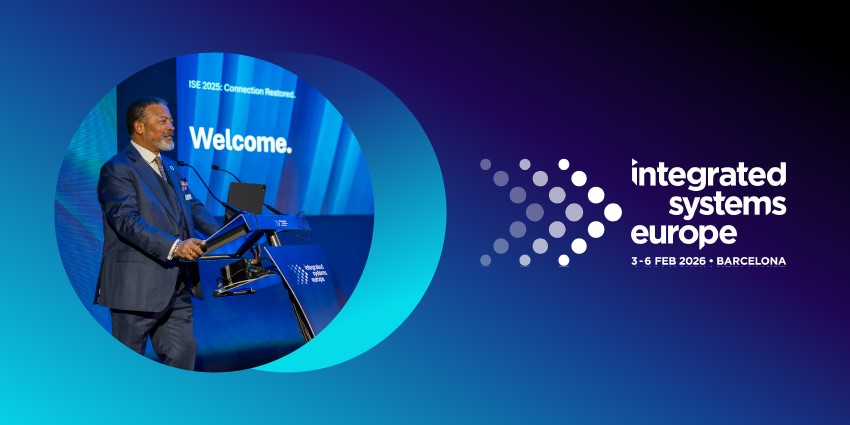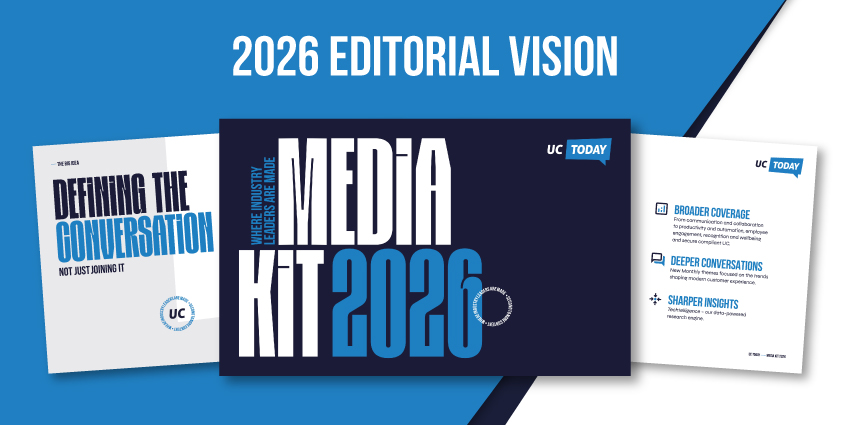The enterprise world has been hit with a ground-shaking development as Microsoft announced it will eliminate discounts across its entire Online Services portfolio.
Starting November 1, 2025, renewal negotiations and hard-won discount levels will become a relic of the past. With information to be available on Microsoft’s website, pricing will instead be standardized and replace volume licenses.
Although this may level the playing field for smaller customers with less leverage to secure big discounts, it could equally price out firms that only managed to afford these services thanks to the flexibility in negotiation and pricing they previously arranged.
So what should companies, both big and small, do ahead of the standardization to offset the incoming change?
Understanding Microsoft’s Pricing Restructure
Microsoft’s announcement centers on eliminating discounting across all Online Services products purchased through volume licensing programs.
In a statement, the company said of the move, “This update builds on the consistent pricing model already in place for services like Azure and reflects our ongoing commitment to greater transparency and alignment across all purchasing channels.”
Currently, businesses secure volume licenses for these services at various price points across Price Levels A through D, with these levels varying by region and customer category.
Level A represents standard pricing, while Levels B, C, and D offer increasingly favorable rates for larger organizations or specific market segments. Many enterprises, particularly those at Level D, have historically negotiated additional discounts on top of their already reduced pricing.
The standardization now means every Online Service sold under an Enterprise Agreement (EA) or Products and Services Agreement (MPSA) will have one consistent price across each tier.
The change also extends to include the Online Services Premium Agreement (OSPA) for China, creating global consistency in Microsoft’s commercial pricing approach.
Despite this enterprise price alignment, Microsoft has carved out specific exclusions for other organizations, with on-premise software remaining unchanged.
US Government and worldwide Education price lists are also unaffected, acknowledging the unique procurement requirements and budget constraints in these sectors, where competitive alternatives and pricing sensitivity create different market dynamics.
Financial Impact and Strategic Ramifications
This incoming change in discounts by Microsoft could be so substantial that IT and finance teams may have their budgets thrown off forecasts.
Organizations with Level C and D pricing face potential increases of 20–30% or more, depending on current discount levels. For large enterprises with multi-million-dollar Microsoft commitments, these increases translate to substantial budget impacts, requiring executive-level attention and potential board approval for technology spending adjustments.
Although Microsoft could potentially lose revenue on some contracts, Tim Banting from Techtelligence believes the move stems from Microsoft wanting consistent revenue, particularly as they gear up for more AI spending.
Adam Mansfield from UpperEdge notes that organizations with Level D+ pricing and additional negotiated discounts face the most dramatic adjustments.
These customers, typically large enterprises with significant leverage, may see costs jump to retail-level pricing, creating immediate tension in vendor relationships.
Strategic Response for Enterprise Decision-Makers
Enterprise organizations must act swiftly before the November 1, 2025, deadline in order to maximize their current and ongoing partnerships with Microsoft.
The most immediate strategy involves accelerating planned purchases and renewals to lock in current discount levels before standardization takes effect.
“Big companies will likely bring purchases forward before November 1, 2025, then focus on longer terms, smarter bundles, and phased rollouts,” Banting said.
This requires rapid coordination between IT, finance, and procurement teams to identify renewal dates, assess current discounts, and evaluate early renewal versus delayed procurement costs.
Multi-year contract negotiations become critical leverage points. While Microsoft eliminates traditional discounting, organizations retain negotiating power around contract duration, bundling strategies, and value-added services. Banting suggests “longer terms, smarter bundles, and phased rollouts” will become primary negotiation tools, requiring procurement teams to develop new expertise in these areas.
The Copilot integration timeline presents both opportunities and challenges. Microsoft’s push toward AI-enhanced productivity tools creates natural bundling opportunities.
“Multi-year Copilot-led bundles will be favored to lift ARPU, and with AI capacity tight, Microsoft will also prioritize customers who commit more, which makes negotiations tougher,” Banting explained.
Equally, strategic diversification becomes increasingly important as Microsoft reduces negotiation flexibility.
Organizations should actively evaluate alternative solutions for specific workloads, particularly where competition remains strong.
This doesn’t mean wholesale migration away from Microsoft but developing credible alternatives that can serve as negotiating leverage and reduce single-vendor dependency, with cloud infrastructure presenting the most immediate diversification opportunity.
Preparing for the New Microsoft Reality
The post-discount era requires fundamental shifts in Microsoft partnership approaches.
IT leaders must reframe vendor relationship management and make strategies in the remaining time to negotiate the best deal they can before the deadline.
Organizations should prepare comprehensive service requirement specifications that can serve as negotiation points, potentially offsetting pricing standardization impacts through enhanced service delivery.
Being able to develop a strategy now could save enterprises money both immediately and in the years to come.
Join our LinkedIn community of 2,000+ UC professionals to share your thoughts on Microsoft’s move and its potential ripple effects across the industry.
Subscribe to our weekly newsletter for the most important UC industry news, analysis, and insights delivered straight to your inbox.







